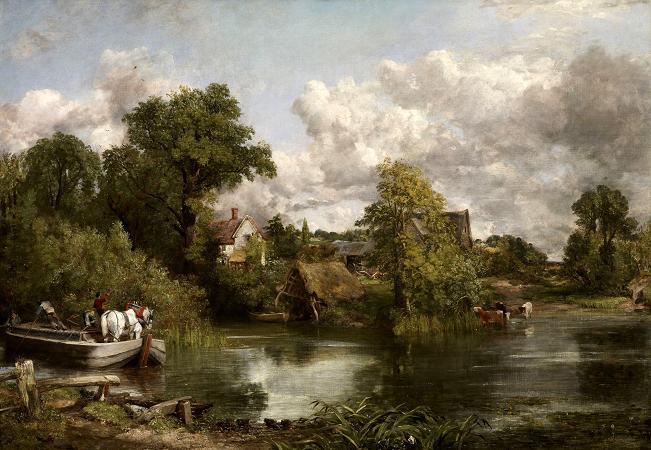Adolph Menzel (1815 - 1909). Adolph Friedrich Erdmann von Menzel was a German Realist artist noted for drawings, etchings, and paintings. Along with Caspar David Friedrich, he is considered one of the two most prominent German painters of the 19th century, and was the most successful artist of his era in Germany. First known as Adolph Menzel, he was knighted in 1898 and changed his name to Adolph von Menzel. His popularity in his native country, owing especially to his history paintings, was such that few of his major paintings left Germany, as many were quickly acquired by museums in Berlin. Menzel's graphic work were more widely disseminated; these, along with informal paintings not initially intended for display, have largely accounted for his posthumous reputation. Although he traveled in order to find subjects for his art, to visit exhibitions, and to meet with other artists, Menzel spent most of his life in Berlin, and was, despite numerous friendships, by his own admission detached from others. It is likely that he felt socially estranged for physical reasons alone, Menzel had a large head, and stood about four foot six inches. Menzel was born to German parents in Breslau, Prussian Silesia, on December 8, 1815. His father was a lithographer and intended to educate his son as a professor; however, he would not thwart his taste for art. After resigning his teaching post, Menzel senior set up a lithographic workshop in 1818. In 1830 the family moved to Berlin, and in 1832 Adolph was forced to take over the lithographic business on the death of his father. In 1833, he studied briefly at the Berlin Academy of Art, where he drew from plaster casts and ancient sculptures; thereafter Menzel was self-taught. Louis Friedrich Sachse of Berlin published his first work in 1833, an album of pen-and-ink drawings reproduced on stone, to illustrate Goethe's little poem, Kunstlers Erdenwallen. He executed lithographs in the same manner to illustrate Denkwurdigkeiten aus der brandenburgisch-preussischen Geschichte; The Five Senses and The Prayer, as well as diplomas for various corporations and societies. From 1839 to 1842, he produced 400 drawings, largely introducing to Germany the technique of wood-engraving, to illustrate the Geschichte Friedrichs des Grossen by Franz Kugler. He subsequently brought out Friedrichs der Grossen Armee in ihrer Uniformirung, Soldaten Friedrichs der Grossen; and finally, by order of King Frederick William IV, he illustrated the works of Frederick the Great, Illustrationen zu den Werken Friedrichs des Grossen. The artist had a deep sympathy for the Prussian king. In one of his letters to Johann Jakob Weber, he said that it was his intention to represent the monarch as a man who was both hated and admired, simply as he was, in other words, as a man of the people. Through these works, Menzel established his claim to be considered one of the first, if not actually the first, of the illustrators of his day in his own line. Menzel's fame came from his illustrations of the 18th-century Prussian monarch, Frederick the Great. As well as dedication to adding historical accuracy and attention to detail. Menzel also made sure to do research on the items he was painting. From 1840 and onward Menzel became admirable for his small paintings and drawings. In which he depicted his unconventional ideas. In the meantime, Menzel had also begun to study, unaided, the art of painting, and he soon produced a great number and variety of pictures. His paintings consistently demonstrated keen observation and honest workmanship in subjects dealing with the life and achievements of Frederick the Great, and scenes of everyday life, such as In the Tuileries, The Ball Supper, and At Confession. Among those considered most important of these works are Iron Rolling Mill and The Market-place at Verona. When invited to paint The Coronation of William I at Koenigsberg, he produced an exact representation of the ceremony without regard to the traditions of official painting. During Menzel's life, his paintings were appreciated by Otto von Bismarck and William I, and after his death they were appropriated for use as electoral posters by Adolf Hitler. If these historical illustrations anticipated the qualities of early Impressionism, it is paintings such as The French Window and The Palace Garden of Prince Albert, both painted in the mid-1840s, that now appeal as among the most freely observed of mid-nineteenth century images. Such genre paintings evidence associations with French and English art. Though he was primarily an excellent draughtsman, art historian Julius Meier-Graefe considered him to be a proto-impressionist painter, whose graphic work hindered his painterly potentials.
more...













